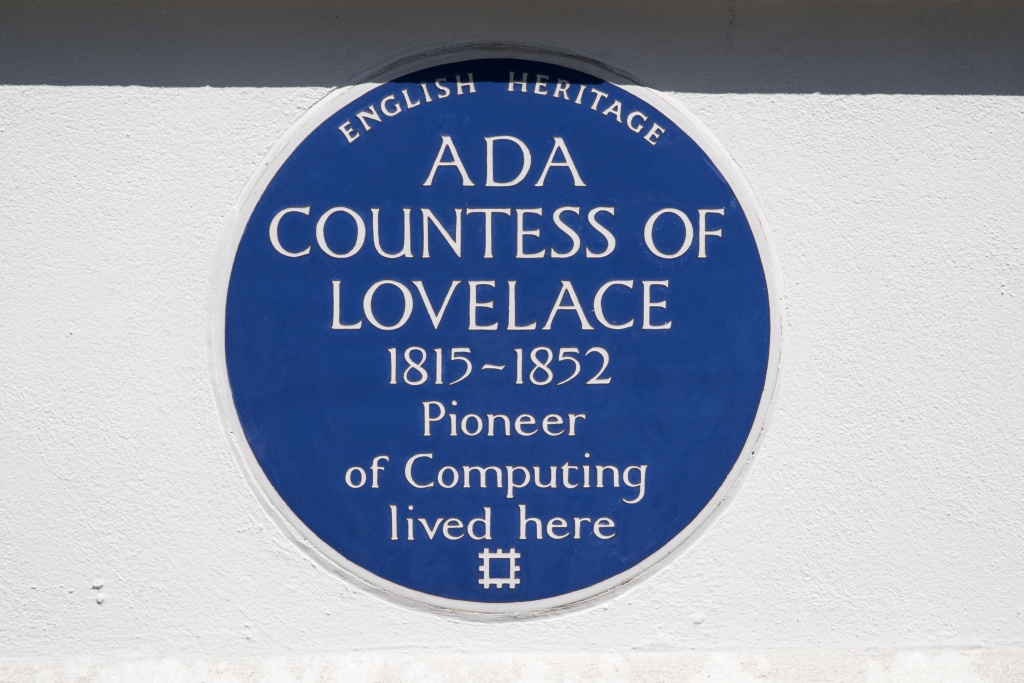
Confirming job preferences is a simple task for Ladders members. You sign in to your account, click your name in the top right, click “Job Preferences” under “My Account” on the left of the page, then click “Edit” in the “What You Do” section. Choose your “Role” in the dropdown box, then click the list of “Specialties” that apply to you. Save and you’re done.
An easy enough start to seeking out your dream job. But what has that to do with International Women’s Day? Keep reading.
Under “What You Do”, you’ll see: “What You’re Looking For” – and another “Edit” button on the right. Click that one and you tap in a job title. Then there’s a series of dropdowns: “Recent Compensation; Desired Compensation; Zip Code; Radius.” There’s even an “Open to working remotely” option.
You’ll be informed that Ladders’ 22,000+ verified recruiters will see only your desired compensation, not your recent compensation. Save and you’re done.
With that, you’ve successfully fed Ladders‘ technology with key data about your future career, so that all the ingredients of a great job – possibly your dream job – are brought together; and from there, new openings that match those criteria are focused on you via your inbox.
Two of the above words seem out-of-place in such a streamlined, technology-driven, process: dream and desired.
So let’s look into that.
Job Preferences and perfection
Tapping a bunch of data into a machine and manifesting a dream appear to be two things that are completely at odds. In fact, it’s all about the odds – and putting them in your favor. Having a vision of something and tapping into your own potential to achieve it is not such a strange idea, at least in terms of thinking that one could logically lead to the other.
But strange things lead to great things, too.

You might be a cynical person (nobody would blame you these days), who thinks that romantic ideas of dream jobs are for the poets, or the birds. Perhaps it comes down to what you think of as a dream job. If it’s part of a Walter Mitty fantasy life, it’s not likely to happen; if it’s the hope of combining all those desired elements above with a great bunch of people who work well together, it’s entirely achievable.
So stripping down your dream into byte-size pieces of data and feeding them into a computer isn’t such an odd thing to do after all.
And that can be demonstrated easily.
Visionaries who lived large and worked hard
If you think the goal of achieving your dream job does belong to a more romantic era, maybe we should take a look at the Romantic era itself. After all, some serious careers – including the world’s first “rock stars” – came directly out of that era, in terms of a creative revolution in poetry, literature, painting, music and architecture.
It seems the greatest dreamers were the greatest doers, too.
Their visions turned into hard work, which became great art, no matter how flighty they all seemed; and their powerful influence is felt by every one of us today, whether we know it or not.
Those first “rock stars” of the era were, of course, Lord Byron, Percy Bysshe Shelley, Mary Wollstonecraft Shelley and her half-sister, Claire Clairmont; and Byron’s doctor, John Polidori.
To cut a long and infamous story of controversy, rebellion, love-affairs, public outrage and dark surprises short, they all decided to visit with Lord Byron at the Villa Diodati, in the Genevan suburb of Cologny, on Lake Geneva.

What happened became legend. The weather was not the stuff of fun vacations and the conversations turned dark as the evenings closed in. Polidori’s increasing hatred of the mocking Byron simmered; and all the talk of the fall of religion and the mastery of science – of life and death itself – disturbed Mary, who was just eighteen years old at the time.
The result was an outpouring – not of debauchery, but of creativity. Mary Shelley began writing Frankenstein, while Polidori used Byron as the model for a vampire, which would later become Bram Stoker’s Dracula – the model for almost all vampires.
Still, what does all this have to do with the modern age? How do we combine this level of dreams, visions and creativity with entering data into computers, confirming job preferences, receiving helpful “job match” emails and such?
That’s easy – Byron had a daughter.
Ada Lovelace – world’s first computer programmer
Ada King, countess of Lovelace; originally, Augusta Ada Byron – Lady Byron to you and me. Apart from being the daughter of the infamous “mad, bad and dangerous to know” romantic poet Lord Byron, Ada was a successful mathematician, who clung to logic in the way her father had clung to visions and passing females.

She referred to her professional approach as “poetical science.” But, rather than hanging out with artistic types, she became a friend and associate of one Charles Babbage, inventor of the world’s first automatic digital computer.
At one point, he asked Ada to translate a paper of one of his lectures, which had been written up in Italian by Luigi Menabrea, an Italian engineer and future prime minister of Italy. She said OK.
While translating, Ada began writing extensive notes, which took a year and became far more extensive than the original lecture. One of the notes describes an algorithm to enable Babbage’s “Analytical Engine” to compute “Bernoulli numbers” – making Ada Lovelace the world’s first computer programmer.
Unfortunately, the machine was never finished and the program never tested. Some claim Babbage had written sample programs before this, too, but it’s a weak controversy:
“There is nothing as sophisticated—or as clean—as Ada’s computation of the Bernoulli numbers. Babbage certainly helped and commented on Ada’s work, but she was definitely the driver of it.” —Stephen Wolfram; Idea Makers.
And this is why vision matters. Babbage’s vision of his machine’s potential was limited. Ada’s wasn’t.
“The idea of a machine that could manipulate symbols in accordance with rules and that numbers could represent entities other than quantity mark the fundamental transition from calculation to computation. Ada was the first to explicitly articulate this notion and in this she appears to have seen further than Babbage.”
—from The Computer History Museum’s biography of Ada Lovelace.
So when it comes to envisioning your dream job and using technology to seek it out, don’t worry about being an overly romantic dreamer. As long as you’re a doer, too, there’s no such thing.
Thank you, Ada!
Now how about confirming your job preferences?
